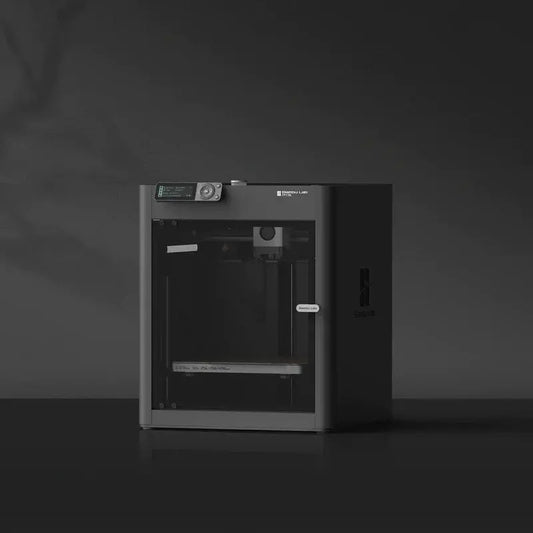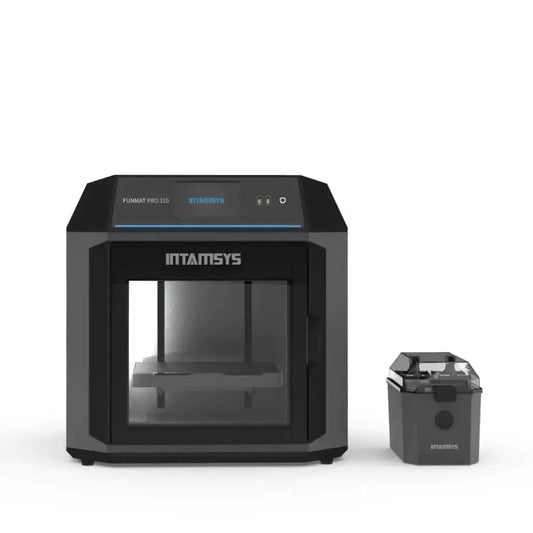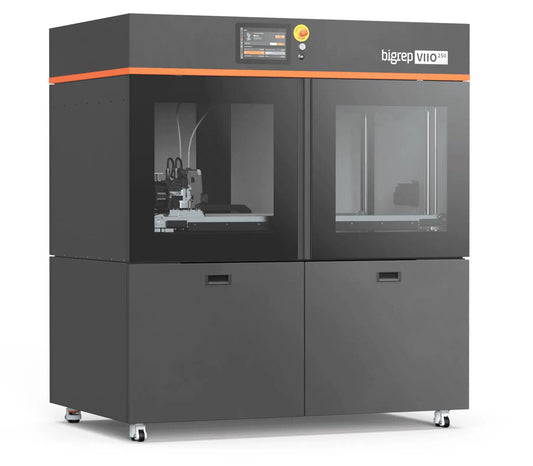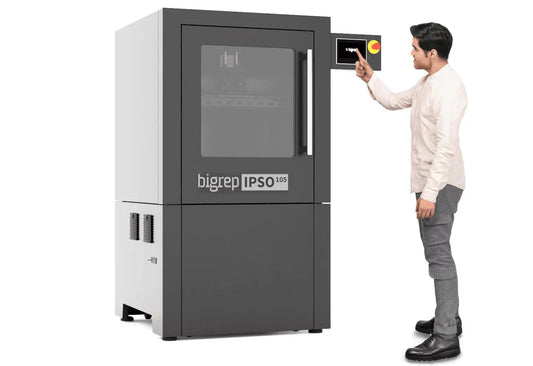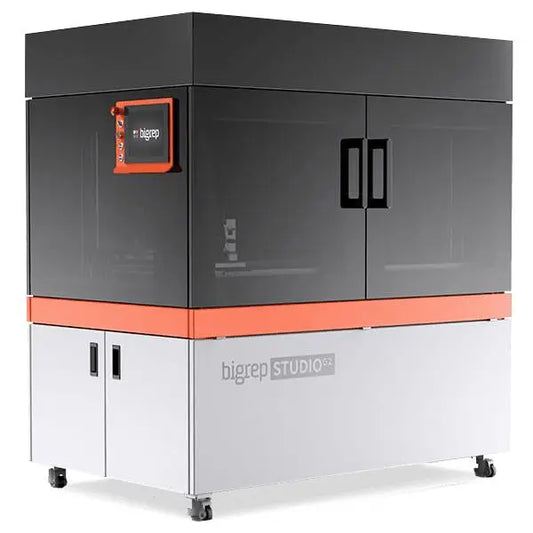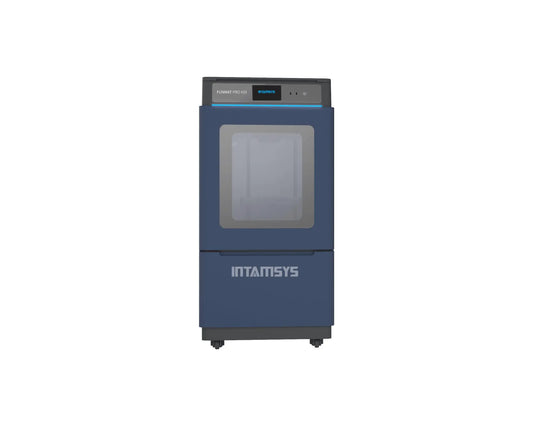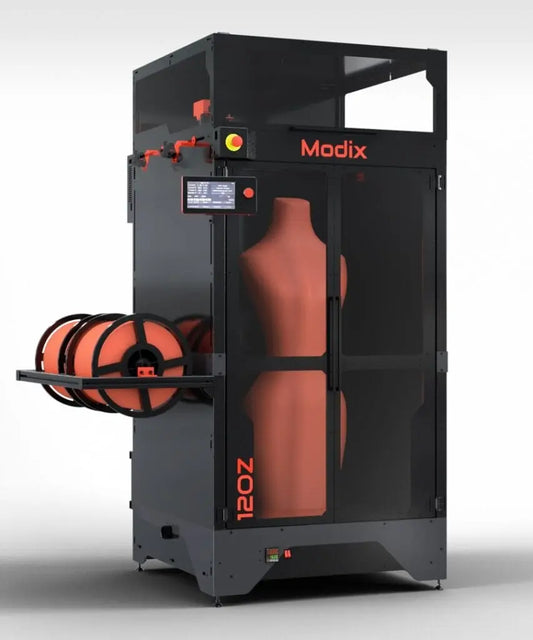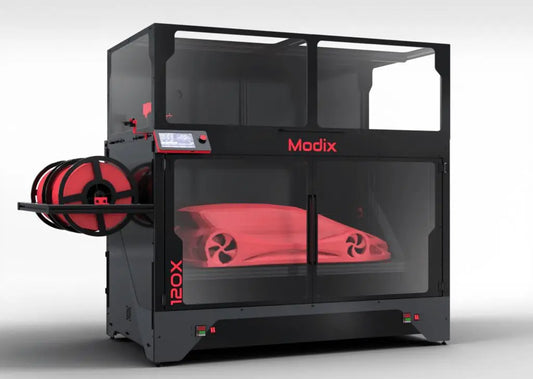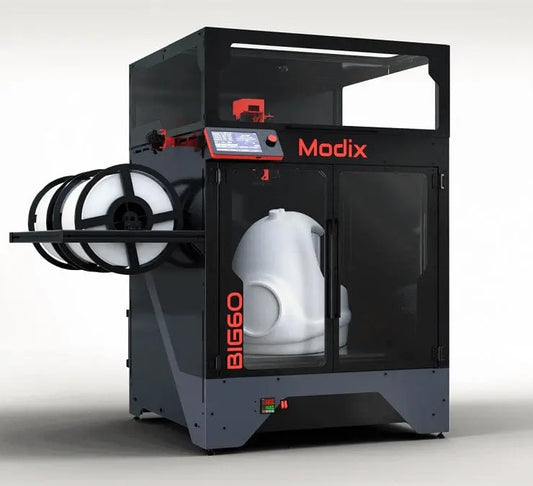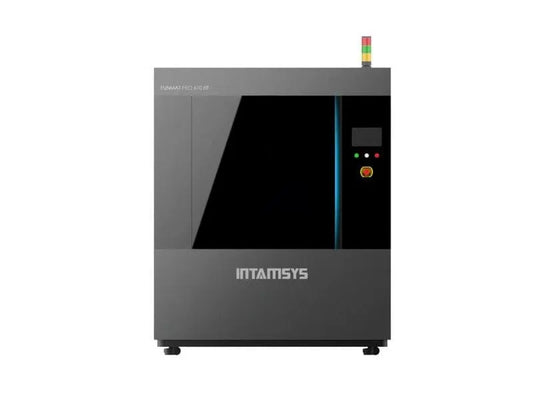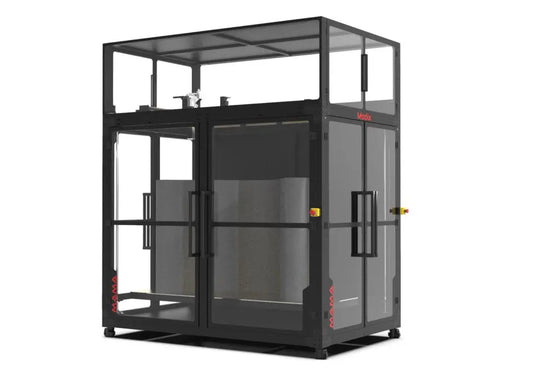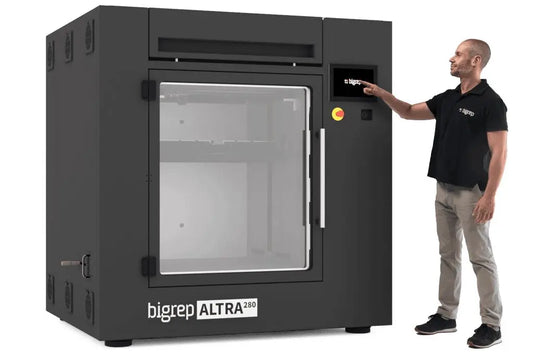3D Printing Canada brings you an extensive range of FDM (Fused Deposition Modeling ) or FFF (Fused Filament Fabrication) 3D printers. These are some of the most common 3D printing methods.
To manufacture a three-dimensional item, FDM printers release thermoplastic filament in layers over a build plate. These 3D objects are created from computer-aided design (CAD) files that have been transformed into a format that a 3D printer can translate. After printing an object with fused deposition modeling, the support material is removed, and the object can be sanded, polished, or coated with additional materials as needed.
Fused Deposition Modeling (FDM) and Fused Filament Fabrication (FFF) refer to the same 3D printing process where a thermoplastic filament is melted and extruded through a nozzle to build objects layer by layer. The distinction lies mainly in terminology; FDM is a trademarked term by Stratasys Ltd., while FFF is used by the rest of the industry to describe the same technology without violating the trademark.
Benefits of FDM/FFF 3D Printers
FDM Technology Is Affordable
Since FDM printers are so affordable, they are considered as one of the best 3d printers. They can be found in the majority of homes, schools, and small enterprises, and their popularity is increasing because of their cost. Replacement components are readily available and inexpensive, and many companies can repair FDM printers if they fail.
There is no need for expensive installation and training. You don't need to hire an expert to set up the FDM printer. You can just purchase the kit and assemble it yourself, saving you quite a significant quantity of money.
FDM Is Compatible With Many Materials
Most of the 3D printing technologies have limited options. However, FDM works with a variety of filaments, providing more choices in terms of quality and price. Some of the filaments include:
- Polylactic acid (PLA)
- Polyethylene Terephthalate Glycol (PETG)
- Thermoplastic variants ( TPE, and TPU)
- ABS (acrylonitrile butadiene styrene)
- Acrylonitrile Styrene Acrylate (ASA)
- Nylon (Polyamide or PA)
Fdm Filaments Are Not Easily Contaminated
One of the most common complaints individuals have while 3D printing with resin, for example, with SLA printers, is contamination. Because the printers use resin tubs, dust or other pollutants can easily enter the tub and contaminate the resin, leaving it worthless for printing.
Since the FDM printer feeds and melts solid filament reels, contamination becomes less of an issue. A small amount of dust will not influence the quality of your print. In fact, it will most likely burn or melt when the filament goes through the nozzle.
You Can Print Large Builds
The printing bed size is the limiting factor for all 3D and metal 3D printer build sizes. What distinguishes FDM printing is that it is infinitely scalable. If your 3D printer is large enough, you can hypothetically print a complete house. Most other 3d printing services do not now allow for this.
If you want to print a large object but your FDM 3D printer isn't big enough, you can easily divide it into sections and print them separately, then assemble them afterward.
Frequently Asked Questions
What is FDM/FFF 3D Printing?
FDM/FFF 3D printing, also known as Fused Deposition Modeling/Fused Filament Fabrication, builds objects layer-by-layer by melting and extruding a plastic filament. It is an affordable and versatile process for creating 3D designs.
How does an FDM/FFF 3D printer work?
An FDM/FFF 3D printer works like a tiny, automated hot glue gun building with plastic. Here's how it works:
- The printer feeds a thin filament of plastic through a heated nozzle, melting it. This molten plastic is then deposited layer by layer onto a build platform.
- A slicer program cuts a 3D model into thin slices, and the FDM printer follows these instructions, building the object one layer at a time.
- As each layer cools and hardens, a new layer is added on top, slowly forming the complete 3D object.
What are the limitations of FDM/FFF printing?
- Due to the layered deposition, FDM/FFF prints often have visible layer lines, resulting in a rougher surface texture.
- The minimum layer thickness is limited by the nozzle size, which restricts the creation of very fine details on the printed object.
- For objects with overhangs, support structures are often needed to prevent drooping or collapse.



